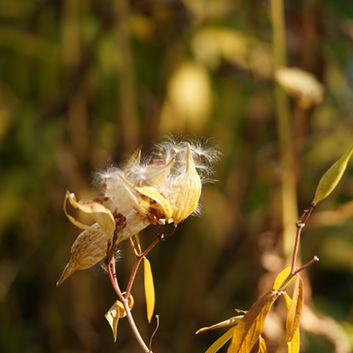The following pictures show different ripe seeds with their seed heads. They also illustrate that ripe seeds, flowers, unripe seeds, and already spent seeds can be present on the same plant. To learn at which time the seeds of different plants are ripe, check out wildplantsfromseed.
1. Collect the ripe seeds; a little goes a long way. The birds will enjoy the rest.
For genetic diversity, it is best to collect seeds from a stand of plants with multiple individuals.
In the wild, never take the first or last seeds to allow the plants to spread. Only take where there is plenty and only very little.
It is not allowed to collect seeds in public parks.
2. Keep the seeds away from light, e.g. in a paper envelope in a dry, cool place until you want to stratify them.
3. You can check out different methods on how to grow them on this website.





















